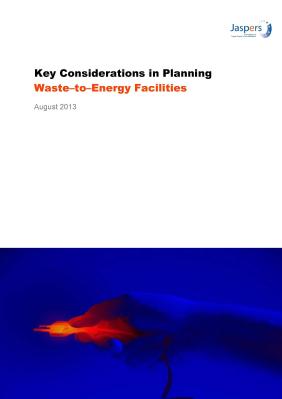
Description
This working paper aims at contributing to a constructive dialogue between interested parties in defining the most advantageous way of residual municipal waste flow treatment for a specific project.

This working paper aims at contributing to a constructive dialogue between interested parties in defining the most advantageous way of residual municipal waste flow treatment for a specific project.
This guidebook addresses how to green projects funded by the European Funds for Infrastructure, Climate and Environment (FEnIKS) Programme across all sectors. It aims to outline the basic requirements for green practices in all projects, as well as at considering the approaches for promoting additional, extra greening measures during project preparation and execution. The guidebook targets project promoters and public administration institutions responsible for implementing the FEnIKS Programme in Poland.
Starting with an overview of the relevant ESIF framework at EU and national level, the manual defines the concept of projects greening and proposes minimum green requirements. The subsequent analysis delves into potential approaches for greening projects beyond the minimum standards, explains the connection to project selection criteria, and showcases best practice examples of greening initiatives in each FEnIKS sector. The document concludes with some general observations.
JASPERS aims to provide assistance to projects and initiatives in the energy sector that are in line with the objectives of EU energy policy, particularly the Green Deal and the Cohesion Policy objectives in the energy sector.
This document explains our support during the 2021-2027 Financial Perspective, which will primarily focus on:
In preparation of the European 2021-2027 programming period, JASPERS has started to advise national managing authorities of European funds, on how to integrate the circular economy policy objectives in: the national, regional and/or local strategic frameworks, the European fund operational programs and the project pipeline development.
An initial JASPERS finding is that national circular economy strategies are a cornerstone to develop and embed circularity. The present working paper provides an overview of existing circular economy strategies in Europe and of the emerging best methodological, implementation and monitoring practices. In working through the paper, strategy makers will understand which aspects and elements are attention points and key success criteria for the establishment of their own strategy.
This working paper comes with an accompanying Excel Database summarizing the 70+ circular economy strategies developed in Europe as of May 2021 that have been reviewed in preparation of this paper.